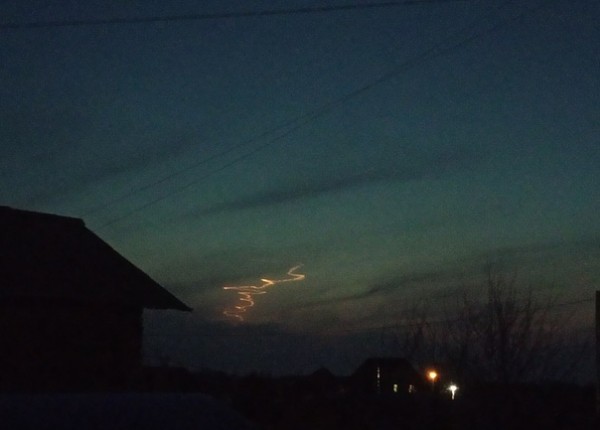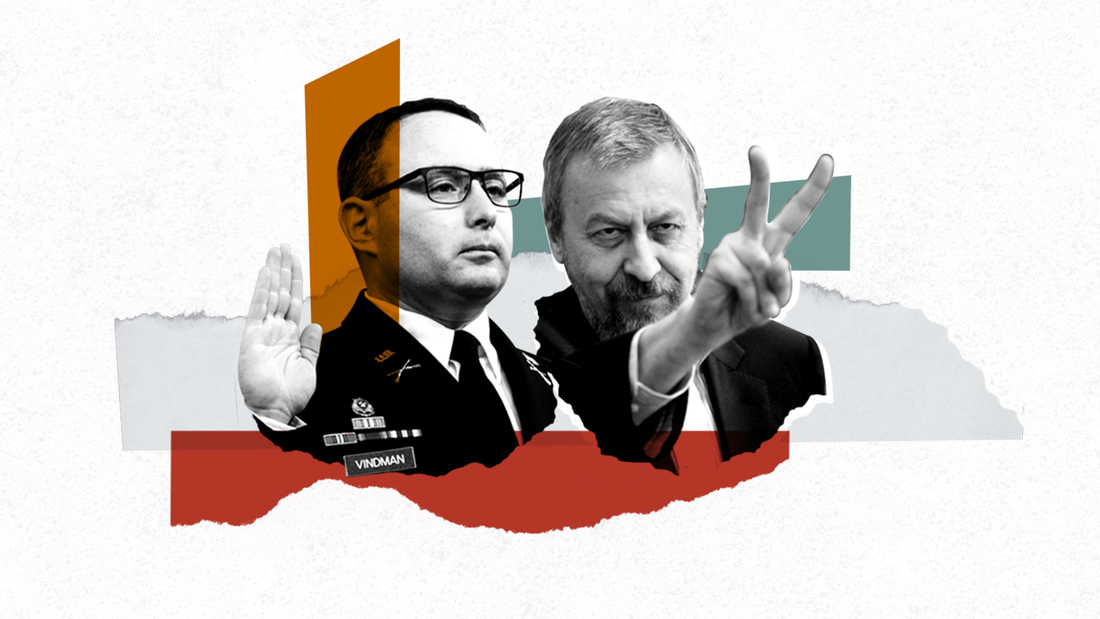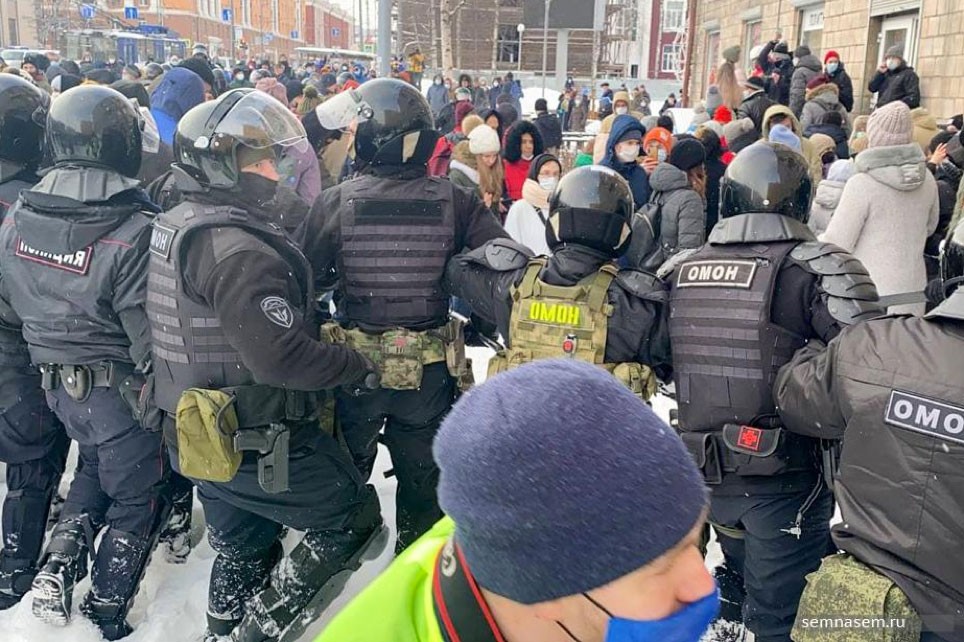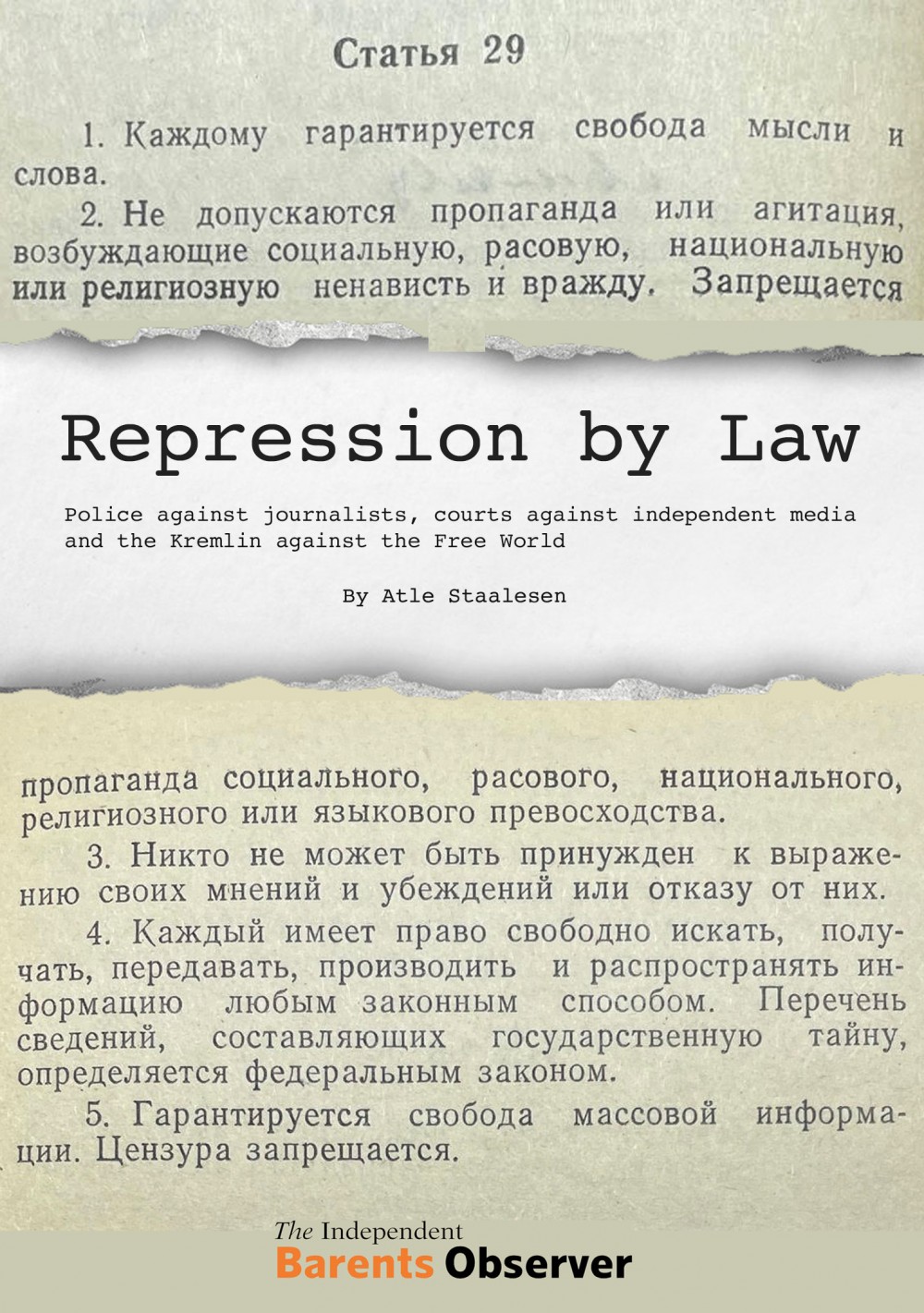WHICH GOD IS THAT?
Deadly COVID-19 spike after church event is 'unfortunate' but part of God's plan, says pastor
Pastor Robert Smith says Gospel Light Baptist Church is
being persecuted (ADMITING PARANOIA)
The pastor of a Nova Scotia church that hosted an event linked to a COVID-19 spike and three deaths told his parishioners this week that what happened is "unfortunate," but it is all part of God's plan.
Robert Smith, the pastor of Gospel Light Baptist Church in Amherst, N.S., held his first in-person service in three weeks on Sunday and livestreamed video of his sermon on Facebook. The video was later taken down.
At the end of October, Smith's church hosted a multi-day gathering of faith groups from across the province. Public health officials have said more than 100 people attended and were not asked to show proof of vaccination — a violation of public health orders.
"I followed what God wanted us to do," Smith said from the pulpit. "We had a great week of meetings … a young lady got saved."
Three people have died in the past week of COVID-19 — one at a group home in Amherst and two at a long-term care home in Pugwash, N.S. — and the province has said those cases trace back to the Gospel Light event.
Community spread in Nova Scotia's northern and western health zones is "primarily associated" with that event, according to the province.
Rise in hospitalizations, ICU stays
The number of hospitalizations and people in intensive care with COVID-19 has jumped in recent days, prompting Premier Tim Houston to say Monday he was "very upset and concerned."
Smith equated the response his church has received to persecution.
Several times throughout his 30-minute sermon, Smith said people are trying to shame his community, but he urged his parishioners to resist internalizing the feeling, saying it's Satan, "trying to drag us down."
"The Bible says 'all things work together for good.' Hey, some of the things, people that we know that's in hospitals and stuff, that still applies, too," he said.
Smith has not responded to repeated requests for an interview.
Nova Scotia Public Health officials have previously said that about 70 per cent of the religious community that attended last month's event was fully vaccinated, and that the community has been co-operative with contact tracing and testing.
Proof of vaccination is not required at regular religious services, such as Gospel Light's Sunday church service, but is required at any other events hosted by faith groups, such as Gospel Light's "week of meetings."
Masking is mandatory at religious services.
As of Monday, Amherst police had not laid any charges.
When Dr. Robert Strang, Nova Scotia's chief medical officer of health, first reported the event and associated spread nearly two weeks ago, he said he planned to reach out to faith leaders across the province to make sure they understood the rules around vaccination and masking.
'They did everything that they could have done'
Brandon Lake, pastor of Amazing Grace Baptist Church in Bridgetown, N.S., said he and about 20 of his congregants attended Gospel Light's event.
"The pastor and the church that organized the event, they did everything that they could have done," Lake said in an interview. "We were operating within the guidelines that were available to the public."
He said Public Health did not make the rules around proof of vaccination requirements clear until after the gathering.
"Meetings like this are things that we do on a fairly regular basis, so we were under no understanding from what we had read or downloaded on the [provincial government's] website that proof of vaccination was required for an event such as that," said Lake, who declined to speak about his own vaccination status or that of his congregants.
Those rules say proof of vaccination is not required for faith events, but is for "indoor and outdoor festivals, special events and arts and culture events," such as the Gospel Light gathering.
Lake said he thinks faith groups have been unfairly targeted in the media as contributors to the spread of COVID-19. He also disputed the reported number of people who were at the gathering, saying there were never more than 100 people.
Asked about the three deaths that have been linked to the event, Lake said he was aware deaths had been announced, but denied the connection.
"I don't think it's fair to say that they're as a result of the faith gathering, but rather they're as a result of more liberty being given to people that are doubly vaccinated who still may be carriers of the virus," said Lake.


















